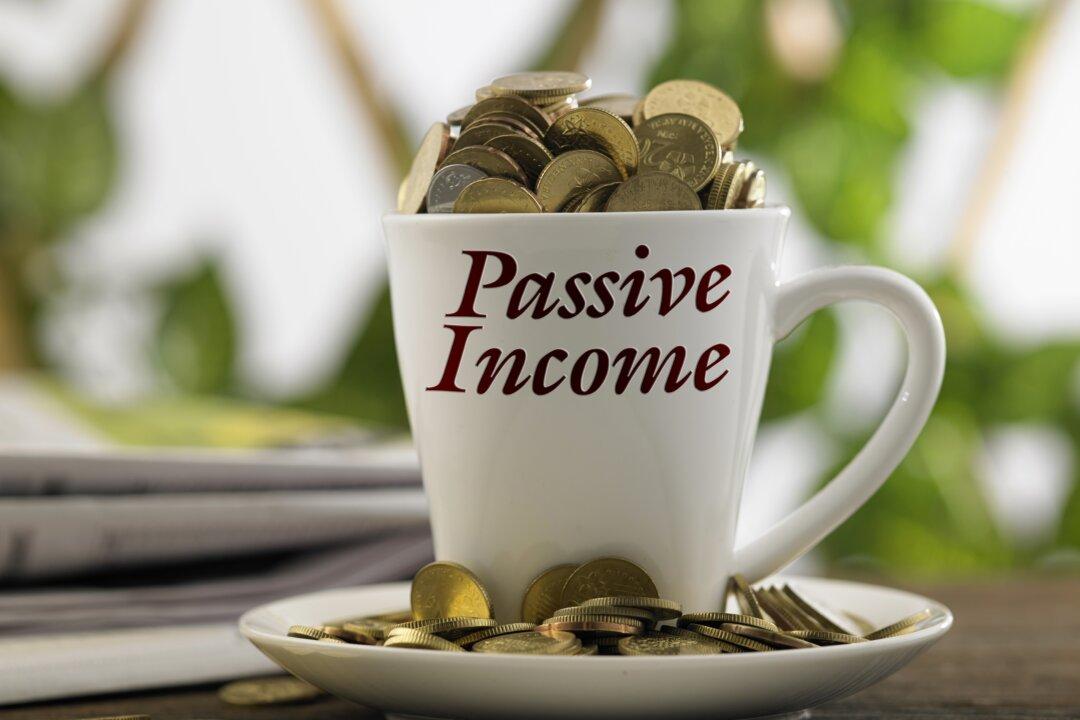Many Americans have used the reverse mortgage as a way to make retirement living more affordable. With the cost of healthcare and other living expenses dramatically rising in recent years, it’s no wonder that thousands of people choose this option. In 2022, a national survey of homeowners who had reached retirement age found that many had trouble covering their everyday expenses. These mortgages let homeowners older than 62 turn part of their home equity into cash to help deal with these issues. This may sound like a good idea, but it’s widely known to have drawbacks too. Make sure you know what you’re getting into before heading down this path.
How Does a Reverse Mortgage Work?
A reverse mortgage is different from a traditional mortgage because you actually receive money from the lender instead of having to make monthly payments yourself. The loan only has to be repaid after you pass away, move out of your home permanently, or sell it.Here’s how a reverse mortgage works:
- You find a lender and apply for a reverse mortgage.
- Upon approval, the lender disburses monthly payments to the homeowner based on their home equity percentage.
- As a homeowner, you can receive money in one large sum, through a line of credit, monthly payments, or some combination of all of those.
- Over time, fees and interest are added to the amount that eventually must be paid.
- The homeowner retains title and ownership of the property.






